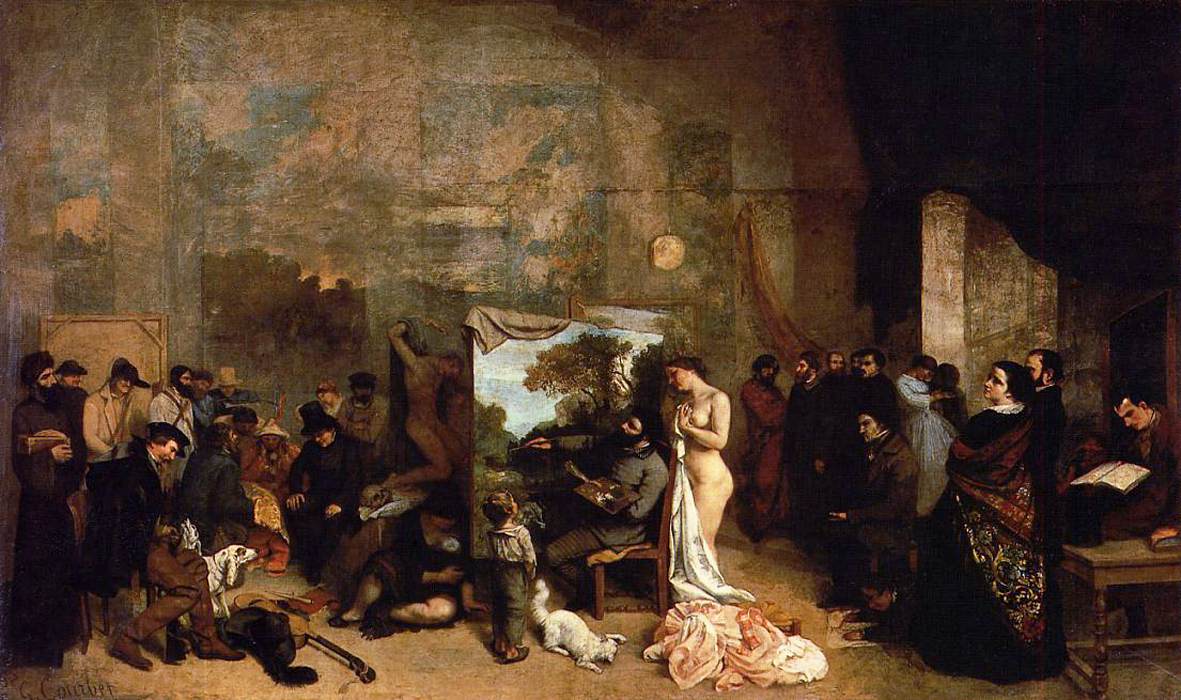|
The Eternal Feminine (Cézanne)
''The Eternal Feminine'' is an 1877 oil-on-canvas painting by the French Post-Impressionist artist Paul Cézanne. The ambiguous work shows men gathered around a single female figure. A range of professions are represented: writers, lawyers, and a painter (possibly Eugène Delacroix or Cézanne himself). The painting may have been inspired by both Christian and Pagan art representing deified women. The painting has been compared to works done by Eugène Delacroix, Gustave Courbet, and other 19th-century artists. It also was a turning point in Cézanne's techniques. Analysis Scholars regard the composition as distinctive. The canopy and the drapes placed above the woman's head is in the shape of a triangle. This creates a halo effect around the woman. This full body halo, also known as a mandorla, is in a diamond shape. The placement of the clouds allows light to spill onto the woman. Female figure A naked, golden-haired woman lies on a bed at the center of the painting. She ... [...More Info...] [...Related Items...] OR: [Wikipedia] [Google] [Baidu] |
Paul Cézanne
Paul Cézanne ( , , ; ; 19 January 1839 – 22 October 1906) was a French artist and Post-Impressionism, Post-Impressionist painter whose work laid the foundations of the transition from the 19th-century conception of artistic endeavour to a new and radically different world of art in the 20th century. Cézanne is said to have formed the bridge between late 19th-century Impressionism and the early 20th century's new line of artistic enquiry, Cubism. While his early works are still influenced by Romanticism – such as the murals in the Bastide du Jas de Bouffan, Jas de Bouffan country house – and Realism, he arrived at a new pictorial language through intensive examination of Impressionist forms of expression. He gave up the use of Perspective (graphical), perspective and broke with the established rules of Academic Art and strived for a renewal of traditional design methods on the basis of the impressionistic color space and color modulation principles. Cézanne's often re ... [...More Info...] [...Related Items...] OR: [Wikipedia] [Google] [Baidu] |

